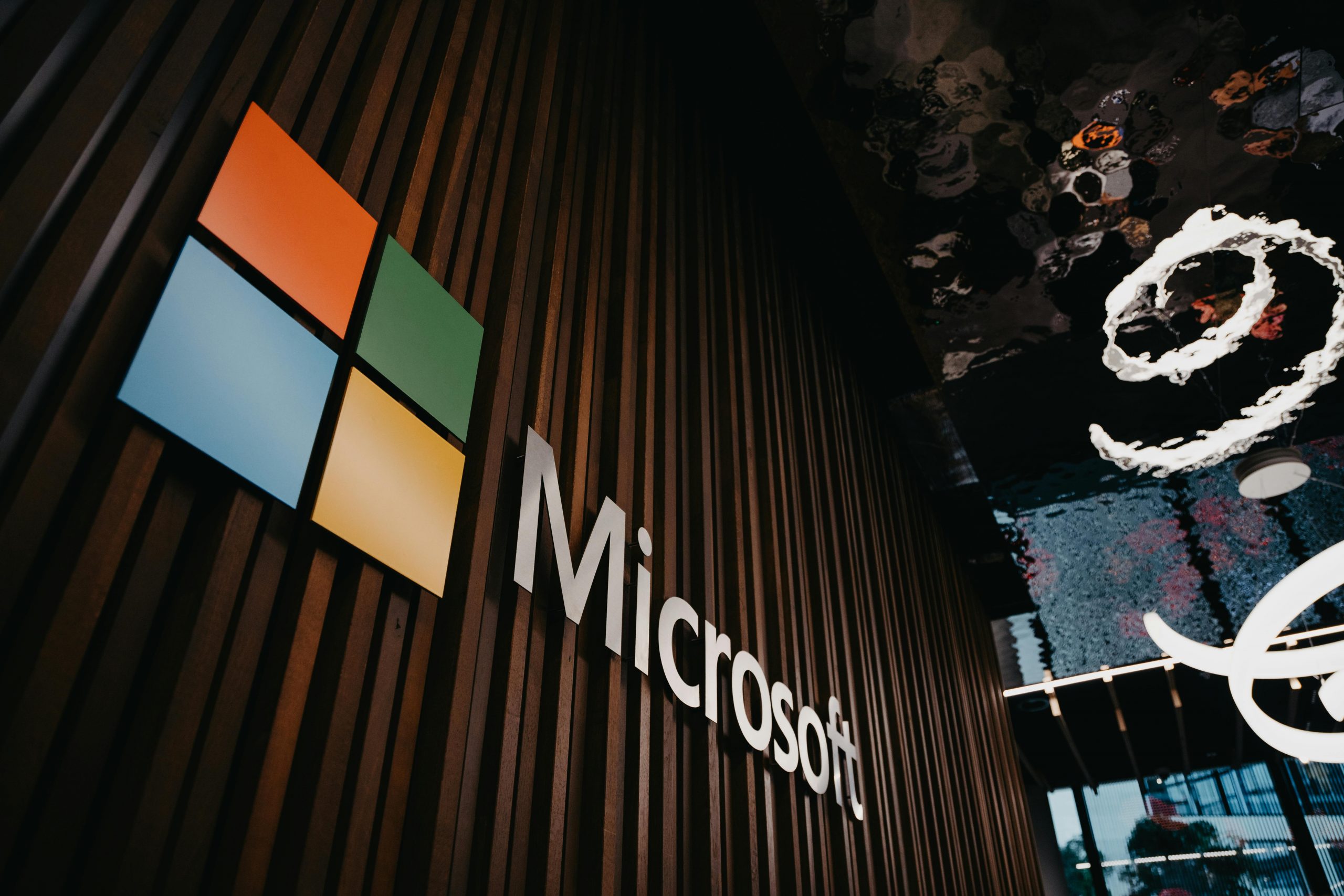
Get more output from Microsoft Cloud Solutions
Microsoft is offering several cloud solutions. You can use these platforms to help your organizations to get innovate solutions, increase productivity and enhance security across various industries.
The great advantage of these platforms is that they are interlinked. The best known example is probably the user management in Microsoft Azure Entra ID, which controls access to the applications in Microsoft 365.
Therefore, the understanding of the cloud platforms will help you to create a consistent and powerful Digital Workplace.
For more information see https://www.microsoft.com/en/microsoft-cloud/what-is-microsoft-cloud.
Microsoft 365
Platform for collaboration, communication and information. Offers productivity tools such as Word, Excel, PowerPoint, and Teams, enabling modern work applications and collaboration across devices.
Microsoft Teams is one of the most widely used collaboration tools, as it combines many aspects of digital work. This includes communication with colleagues via chat, collaboration in team rooms, and conducting meetings.
The strength of integration with Microsoft Office products becomes evident in collaboration. All Microsoft Office products support simultaneous work by multiple people on individual files. With Microsoft Loop, you can simultaneously edit individual elements regardless of the app. For example, one user can edit a text in Microsoft Word while another edits it in Microsoft Teams in real time.
Microsoft CoPilot help you to increase your productivity by creating content or generating valuable summaries from meetings. Microsoft CoPilot uses the data of the M365 tenant, in compliance with data protection regulations.
In my projects for large enterprises, I have collected many examples of how the use of Microsoft 365 can be optimized.
For more info see Compare all Microsoft 365 plans.
Power Platform and Dataverse
Empowers users to build custom applications, automate workflows, and analyze data with tools like Power BI, Power Apps, Power Automate, and Power Virtual Agents.
Many requirements for applications that make everyday life easier are not complex. Create simple applications without programming knowledge using Microsoft PowerApps. The apps can be used on both the desktop and mobile devices. A great example is an app for organizing a company event with an agenda, site plan, and lecture planning. This not only provides added value to your customers but also allows you to better plan and manage the lectures.
Equally helpful is the automation of recurring tasks. For example, the Microsoft Power Platform helps to automatically create a OneNote for documentation for a recurring meeting and link it in Microsoft Teams.
For more info see Microsoft Power Platform documentation.
Microsoft Azure
Provides a wide range of cloud services, including computing power, storage, and networking, to help organizations build, deploy, and manage applications through Microsoft-managed data centers.
For secure data exchange between cloud platforms, knowledge of Entra ID (formerly Azure Active Directory) is essential. Through app registrations, for example, it is possible to use data from SharePoint or to automate administrative tasks via Azure Runbooks and PowerShell. An app registration secures the encrypted data transfer independently of user accounts.
A good example of the capabilities of Azure Functions is the development of a Digital Construction File. This involves creating a Teams structure from SharePoint based on the master data of a construction file. This structure includes predefined Teams channels, documents, plans, and sets the correct permissions.
Microsoft Fabric
A comprehensive data analytics and AI platform that includes services for data integration, data warehousing, and machine learning.
I’ve worked a lot with the Microsoft data platform (SQL Server, Analysis Server, Power-BI). Microsoft Fabric brings data solutions to a new level, because you can analyse and forecast your data based on artificial intelligence.
For more details see https://www.microsoft.com/en-us/microsoft-fabric.
Microsoft Security
Provides advanced security solutions to protect data, detect threats, and respond to cyberattacks with tools like Microsoft Defender and Azure Security Center.
For more details see https://www.microsoft.com/en-us/security.
Dynamics 365
Combines CRM and ERP capabilities to help businesses manage customer relationships, operations, and financials in one comprehensive solution.
For more details see https://www.microsoft.com/en-us/dynamics-365.
Further links
https://learn.microsoft.com/en-us/microsoft-cloud/dev/overview/introduction




